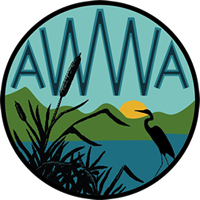Take Action: What You Can Do
Conservation Practices for Homeowners
Install Simple Best Management Practices (BMPS)
Visit the Maine DEP for Do-It-Yourself Guides to Conservation Practices, and the NHDES NH Homeowner’s Guide to Stormwater Management to find out about rain gardens, runoff diverters, infiltration steps, and more. The guides offer step-by-step instructions about how to slow and divert the flow of stormwater across your property and keep it out of the lakes.
Check out our BMP photo gallery for some example photos.
Plant Native Species
Vegetation often serves as the last line of defense for the lake. Plants absorb water and nutrients, establish roots, filter contaminants, and stabilize underlying soil. Planting vegetation in the areas where water runs towards the lake will help catch sediment and pollution before it reaches the water. The shoreline is a critical edge whose maintenance and stabilization is beneficial to water quality and the lake as a whole. For some ideas of what to plant, please see the NH DES Soak up the Rain Plant List and the Maine DEP Plant Lists.
Alternatives to Hazardous Chemicals
There are many household chemicals, that when used in proximity to a lake, can be harmful for the ecology of that lake. Regular cleaners can contain phosphates or hazardous chemicals that can leach from septic tanks and into lakes. Download the guide and consider using safe alternatives to hazardous chemicals, many of which are more effective than commercial cleaners. Alternatives to Hazardous Chemicals PDF
A Laker’s Dozen
Check out these 13 ways you can help the lake!
